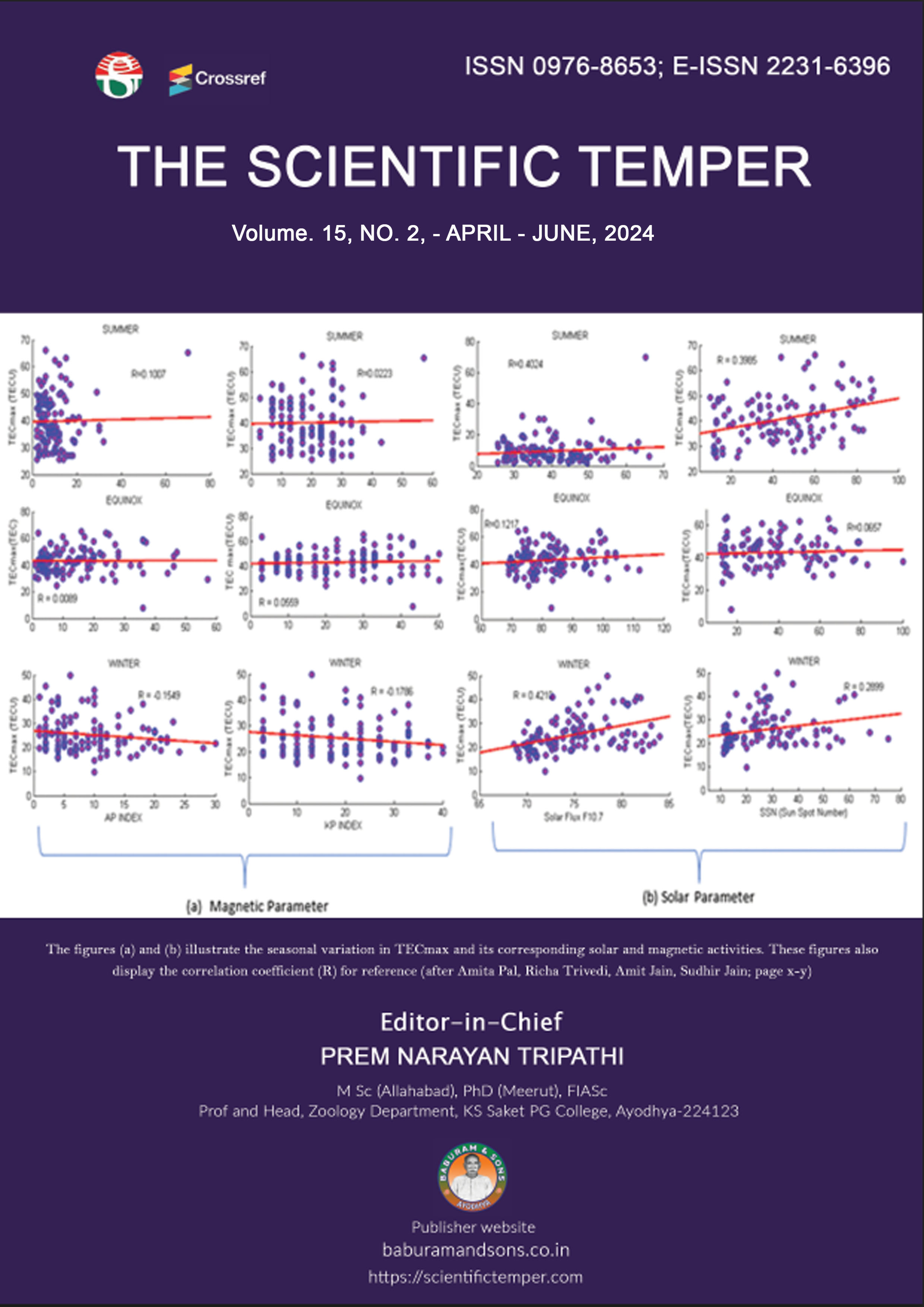A combined framework based on LSTM autoencoder and XGBoost with adaptive threshold classification for credit card fraud detection
Downloads
Published
DOI:
https://doi.org/10.58414/SCIENTIFICTEMPER.2024.15.2.34Keywords:
Credit card fraud detection, LSTM, Autoencoder, XGBoost, Threshold, ClassificationDimensions Badge
Issue
Section
License
Copyright (c) 2024 The Scientific Temper

This work is licensed under a Creative Commons Attribution-NonCommercial-ShareAlike 4.0 International License.
The digital invasion of the banking and financial sectors made life simple and easy. Traditional machine learning models have been studied in credit card fraud detection, but these models are often difficult to find effective for unseen patterns. This study proposes a combined framework of deep learning and machine learning models. The long short term memory autoencoder (LSTMAE) with attention mechanism is developed to extract high-level features and avoid overfitting of the model. The extracted features serve as input to the powerful ensemble model XGBoost to classify legitimate and fraudulent transactions. As the focus of fraud detection is to increase the recall rate, an adaptive threshold technique is proposed to estimate an optimal threshold value to enhance performance. The experiment was done with the IEEE-CIS fraud detection dataset available in Kaggle. The proposed model with optimal threshold has an increase in predicting fraudulent transactions. The research findings are compared with conventional ensemble techniques to find the generalization of the model. The proposed LSTMAE-XGB w/ attention method attained a good precision and recall of 94.2 and 90.5%, respectively, at the optimal threshold of θ = 0.22. The experimental results proved that the proposed approach is better at finding fraudulent transactions than other cutting-edge modelsAbstract
How to Cite
Downloads
Similar Articles
- N. Saranya, M. Kalpana Devi, A. Mythili, Summia P. H, Data science and machine learning methods for detecting credit card fraud , The Scientific Temper: Vol. 14 No. 03 (2023): The Scientific Temper
- Adedotun Adedayo F, Odusanya Oluwaseun A, Adesina Olumide S, Adeyiga J. A, Okagbue, Hilary I, Oyewole O, Prediction of automobile insurance fraud claims using machine learning , The Scientific Temper: Vol. 14 No. 03 (2023): The Scientific Temper
- G. Hemamalini, V. Maniraj, Enhanced otpmization based support vector machine classification approach for the detection of knee arthritis , The Scientific Temper: Vol. 15 No. spl-1 (2024): The Scientific Temper
- V. Babydeepa, K. Sindhu, Piecewise adaptive weighted smoothing-based multivariate rosenthal correlative target projection for lung and uterus cancer prediction with big data , The Scientific Temper: Vol. 15 No. 03 (2024): The Scientific Temper
- Ayesha Shakith, L. Arockiam, Enhancing classification accuracy on code-mixed and imbalanced data using an adaptive deep autoencoder and XGBoost , The Scientific Temper: Vol. 15 No. 03 (2024): The Scientific Temper
- Pallavi M. Shimpi, Nitin N. Pise, Comparative Analysis of Machine Learning Algorithms for Malware Detection in Android Ecosystems , The Scientific Temper: Vol. 16 No. 11 (2025): The Scientific Temper
- Suprabha Amit Kshatriya, Jaymin K Bhalani, Fire and smoke detection with high accuracy using YOLOv5 , The Scientific Temper: Vol. 16 No. 06 (2025): The Scientific Temper
- S Selvakumari, M Durairaj, Performance Analysis of Deep Learning Optimizers for Arrhythmia Classification using PTB-XL ECG Dataset: Emphasis on Adam Optimizer , The Scientific Temper: Vol. 16 No. 11 (2025): The Scientific Temper
- S. TAMIL FATHIMA, K. FATHIMA BIBI, Early diagnosis of cardiac disease using Xgboost ensemble voting-based feature selection, based lightweight recurrent neural network approach , The Scientific Temper: Vol. 16 No. 06 (2025): The Scientific Temper
- Thangatharani T, M. Subalakshmi, Development of an adaptive machine learning framework for real-time anomaly detection in cybersecurity , The Scientific Temper: Vol. 16 No. 08 (2025): The Scientific Temper
You may also start an advanced similarity search for this article.



